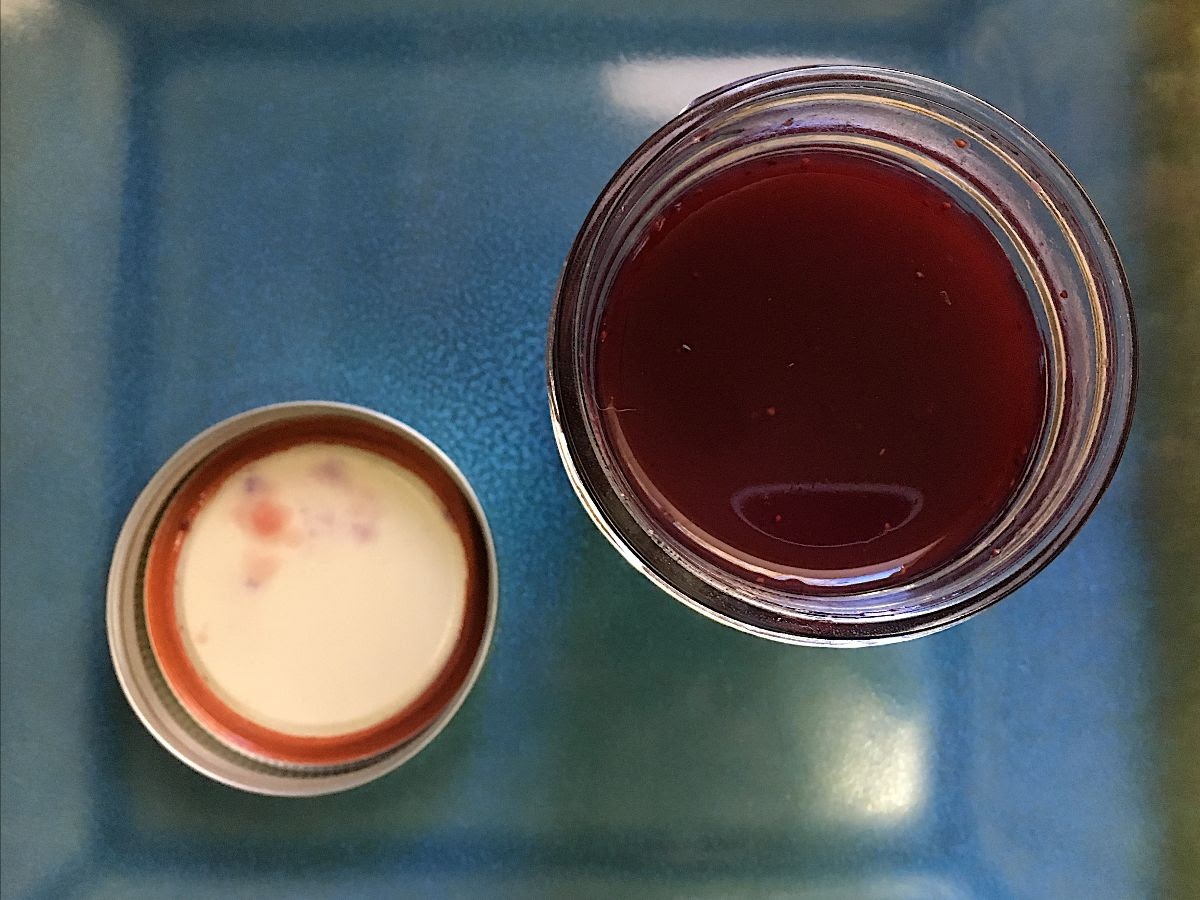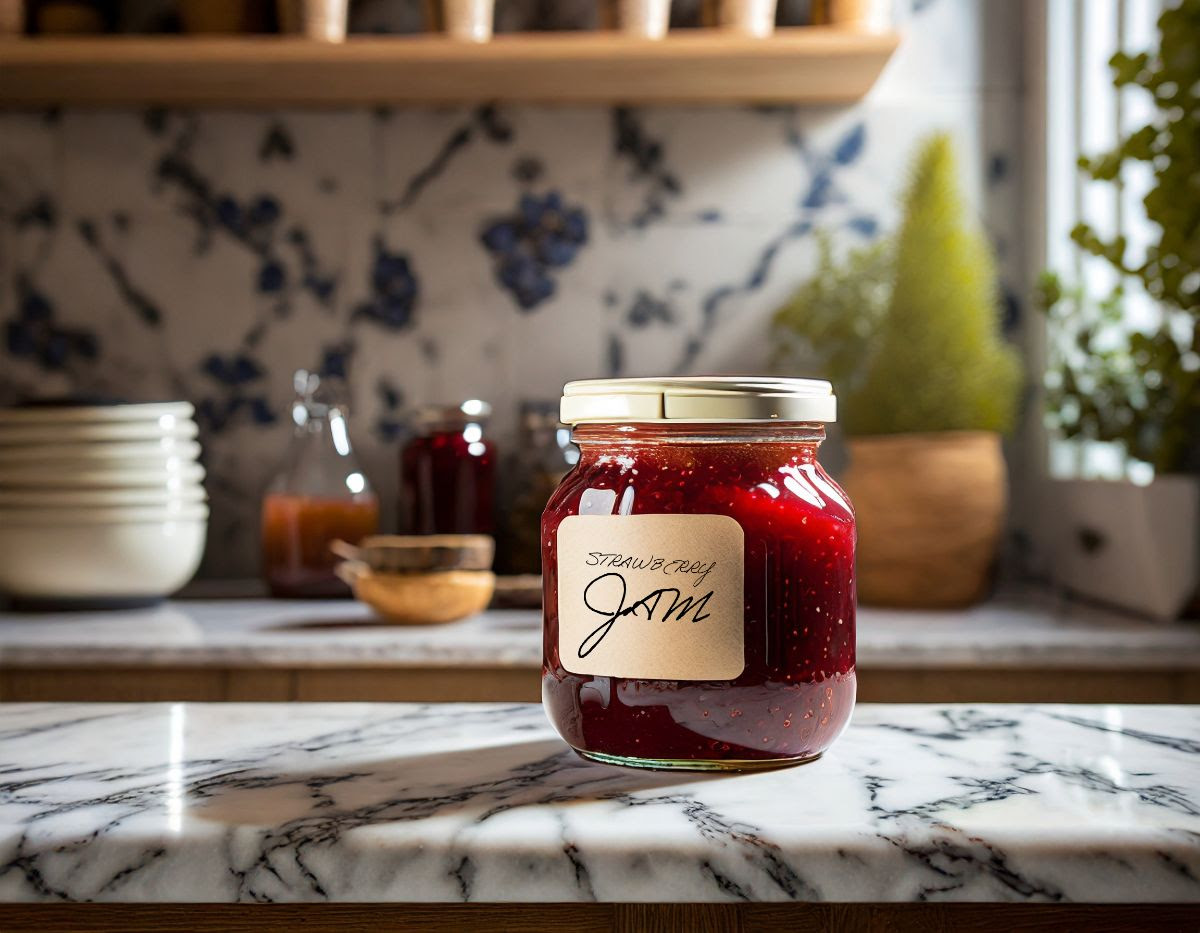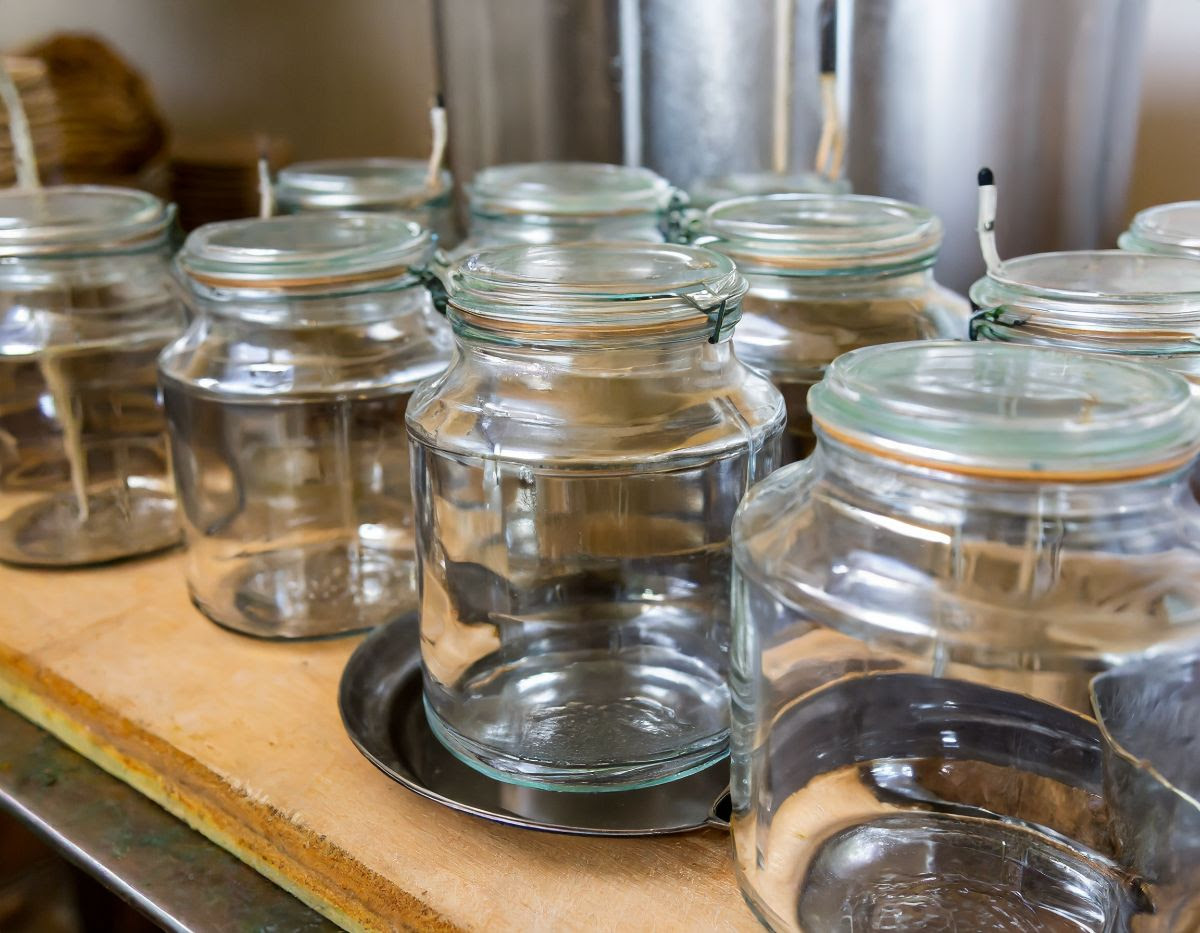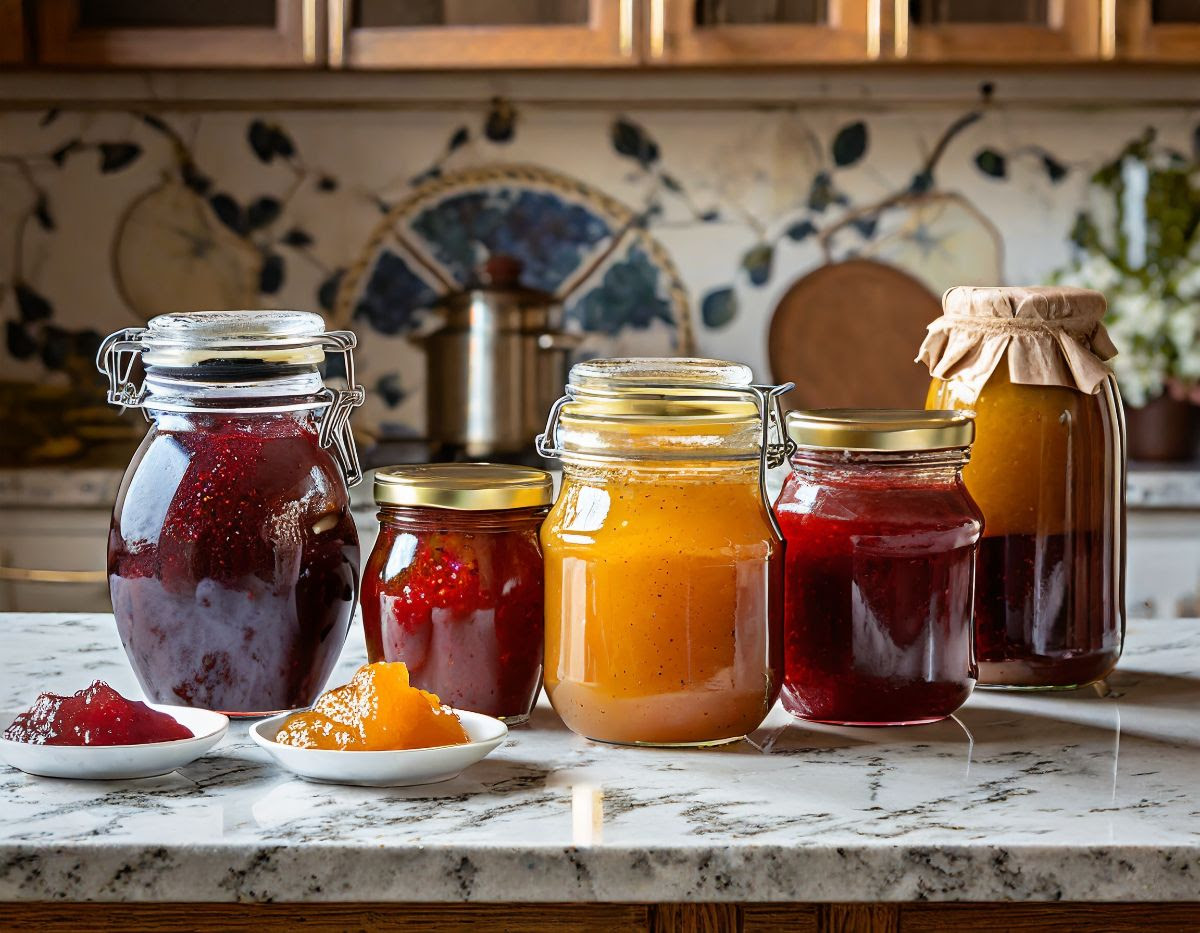As summer fruits make their exit for the season, there’s no better time to embark on the age-old culinary tradition of making jams and jellies. Whether you’re a seasoned home cook or a novice in the kitchen, the art of preserving fruits into delectable spreads is a rewarding and surprisingly simple venture. Beyond the joy of savoring the taste of summer year-round, creating your own jams and jellies allows you to control the ingredients, experiment with unique flavor combinations, and share the fruits of your labor with friends and family.
In this guide, we’ll explore the essential steps and techniques needed to transform a bounty of fresh fruits into jars of sweet, tangy, and perfectly set preserves. From selecting the right fruit varieties to mastering the art of pectin and achieving the ideal balance of sweetness, join us on a journey that demystifies the process and empowers you to fill your pantry with homemade treasures. Get ready to immerse yourself in the delightful world of jam and jelly making, where the scent of simmering fruits and the satisfying pop of a sealed jar are the rewards for your culinary creativity.


So… what’s the difference between a jelly and a jam? Put simply, “jam” utilizes the whole fruit, while “jelly” utilizes only the fruit juice. This creates a difference in textures, with jam having seeds and small chunks while jelly is completely smooth. The process for creating both is mostly the same, the only difference being the added step of straining the juice from the pulp of the fruit to make jelly.
The making of jellies and jams has long been misunderstood to be a complicated process. While there is some special equipment you’ll need to complete the task, the process itself is fairly simple. But before I share how it all works, there is a very important first step: sterilizing your jars.

Sterilization of the containers you will use for your jelly and/or jam is extremely important in ensuring that no bacteria is introduced that could cause illness. Glass jars are recommended, and there are multiple ways to sterilize them easily at home.
Jar Sterilization Methods
Water Bath Method:
- Gather Your Supplies:
- Jars, lids, and bands
- Large pot or water bath canner
- Rack or folded kitchen towel (to prevent direct contact between jars and pot)
- Clean Jars:
- Wash the jars, lids, and bands in hot, soapy water. Rinse them thoroughly.
- Inspect Jars:
- Check for any cracks or chips in the jars. Discard any damaged ones.
- Place Jars in the Pot:
- Set up the water bath canner or a large pot with a rack or kitchen towel at the bottom to prevent the jars from touching the hot surface directly.
- Fill with Water:
- Place the jars in the pot and fill them with water. Ensure the water covers the jars by at least an inch.
- Boil Jars:
- Bring the water to a boil over high heat.
- Boil for 10 Minutes:
- Once the water reaches a rolling boil, let the jars boil for at least 10 minutes to ensure sterilization.
- Sterilize Lids and Bands:
- In a separate small pot, bring water to a simmer and add the lids and bands. Simmer them for 10 minutes. Avoid boiling lids, as excessive heat may damage the seal.
- Use Clean Utensils:
- Use clean tongs or a jar lifter to remove the hot jars, lids, and bands from the boiling water. Be cautious to avoid burns.
- Let Jars Air Dry:
- Allow the jars to air dry on a clean surface or use a clean towel to dry them. Avoid touching the insides of the jars to maintain their sterility.
Oven Method:
- Clean Jars:
- Clean the jars, lids, and bands in hot, soapy water. Rinse thoroughly.
- Preheat Oven:
- Preheat your oven to 225°F (107°C).
- Place Jars in the Oven:
- Arrange the jars on a baking sheet and place them in the preheated oven.
- Bake Jars:
- Let the jars bake in the oven for at least 20 minutes to ensure sterilization.
- Sterilize Lids and Bands:
- Simmer the lids and bands in hot water for 10 minutes.
- Use Clean Utensils:
- Using clean tongs or a jar lifter, remove the hot jars, lids, and bands from the oven and hot water.
- Let Jars Air Dry:
- Allow the jars to air dry on a clean surface or use a clean towel.
Remember, always follow the specific guidelines provided in your canning recipe, as the required sterilization process may vary depending on the type of preserves you are making. Properly sterilized jars are essential for creating a safe environment for your homemade jams and jellies during storage.

Now that you know how to prepare your jars for canning, you’re ready to learn the basics of making a jelly or a jam!
Basic Guide to Jelly and Jam Making
Ingredients and Equipment:
- Fresh Fruits:
- Choose ripe, high-quality fruits. Common choices include berries, stone fruits, and citrus.
- Wash, peel, and pit the fruits as necessary.
- Mash and strain the fruit juice if jelly is desired. Use whole chunks of fruit to make jam.
- Sugar:
- Granulated sugar is the most commonly used sweetener, and the ratio varies depending on the fruit and recipe. This is a place for you to experiment!
- Pectin:
- Pectin is a natural thickening agent found in fruits. Some fruits have enough pectin on their own, while others may require added pectin. You can find pectin at any grocery store, most often in the baking aisle.
- Lemon Juice:
- While this ingredient isn’t strictly required, lemon juice adds acidity, enhances flavor and helps with the gelling process.
- Equipment:
- Large pot for cooking fruits
- Wooden spoon or spatula
- Candy thermometer
- Sterilized jars and lids
- Canning funnel
- Ladle
- Jar lifter
- You can easily adopt a pair of kitchen tongs for this purpose.
- Water bath canner (for long-term preservation)
- Can be substituted with a normal large stock pot and lid, as long as it is deep enough to cover the canning jars with at least two inches of water.
Steps:
- Prepare the Fruits:
- Wash, peel, and chop the fruits into uniform pieces.
- Remove seeds, pits, and any undesirable parts.
- Cook the Fruits:
- Place the fruits in a large pot and cook them over medium heat, mashing them as they soften.
- Stir occasionally to prevent sticking.
- Add Sugar and Lemon Juice:
- Once the fruits are soft, add sugar and lemon juice.
- The amount of sugar varies based on the fruit and personal preference.
- Lemon juice helps activate the pectin and adds a pleasant tang.
- Bring to a Boil:
- Increase the heat to bring the mixture to a rolling boil.
- Stir continuously to prevent burning.
- Test for Gel:
- Use a cold spoon to take a small amount of the mixture and let it cool to check for gel consistency.
- Alternatively, use a candy thermometer to ensure the mixture reaches the desired temperature for gelling.
- Skim Foam:
- Remove any foam that forms on the surface during boiling.
- Fill Jars:
- Ladle the hot jam or jelly into sterilized jars, leaving a small headspace.
- Wipe the jar rims with a clean, damp cloth to ensure a proper seal.
- Seal Jars:
- Place sterilized lids on the jars and screw on the bands until fingertip-tight.
- Process for Preservation (Optional):
- If planning for long-term storage, process the jars in a water bath canner to create a vacuum seal.
- Cool and Store:
- Allow the jars to cool completely before storing them in a cool, dark place.

Now you’re ready to get canning! But where to begin? You can experiment with different fruits and ratios of ingredients, or if you’re not quite ready for that yet, try one of the jelly or jam recipes below. Happy canning!
Kiwi Jam
Turn that fuzzy little fruit into something you can spread on toast!
Ingredients:
- 4 cups peeled and finely chopped kiwis (about 10-12 kiwis)
- 1/4 cup lemon juice (about 2 lemons)
- 1 package (1.75 oz) fruit pectin
- 5 cups granulated sugar
Instructions:
- Prepare the Kiwi:
- Peel and finely chop the kiwi. Measure out 4 cups of chopped kiwi.
- Add Lemon Juice:
- In a large, heavy-bottomed pot, combine the chopped kiwi with lemon juice.
- Add Pectin:
- Sprinkle the fruit pectin over the kiwi mixture and stir well to combine.
- Bring to a Boil:
- Place the pot on medium-high heat and bring the kiwi mixture to a full rolling boil, stirring frequently.
- Add Sugar:
- Gradually add the granulated sugar to the boiling kiwi mixture, stirring constantly to dissolve the sugar.
- Continue Boiling:
- Return the mixture to a rapid boil and cook for 1-2 minutes, or as directed by the pectin package instructions. Stir constantly to avoid scorching.
- Test for Gel:
- To check for the jam’s gel consistency, place a small amount on a cold plate and let it sit for a minute. Run your finger through it, and if it wrinkles, the jam is set.
- Skim Foam:
- If foam forms on the surface, skim it off using a spoon.
- Fill Jars:
- Ladle the hot kiwi jam into sterilized jars, leaving about 1/4 inch headspace.
- Seal Jars:
- Wipe the rims of the jars with a clean, damp cloth.
- Place sterilized lids on the jars and screw on the bands until fingertip-tight.
- Process for Long-Term Storage (Optional):
- If you plan to store the jam for an extended period, process the jars in a water bath canner for 5-10 minutes.
- Cool and Store:
- Allow the jars to cool completely before storing them in a cool, dark place.
Orange Jelly
Make the most of this winter citrus by turning it into a delicious jelly!
Ingredients:
- 4 cups freshly squeezed orange juice (about 8-10 oranges)
- 1/4 cup lemon juice (about 2 lemons)
- 1 package (1.75 oz) fruit pectin
- 5 cups granulated sugar
Instructions:
- Prepare the Orange Juice:
- Squeeze the oranges to obtain 4 cups of fresh orange juice.
- Extract the juice from the lemons to get 1/4 cup.
- Combine Citrus Juices:
- In a large, heavy-bottomed pot, combine the freshly squeezed orange juice and lemon juice.
- Add Pectin:
- Sprinkle the fruit pectin over the juice mixture and stir well to combine. This helps prevent clumping.
- Bring to a Boil:
- Place the pot on medium-high heat and bring the juice mixture to a full rolling boil, stirring frequently.
- Add Sugar:
- Gradually add the granulated sugar to the boiling juice, stirring constantly to dissolve the sugar.
- Continue Boiling:
- Return the mixture to a rapid boil and cook for 1-2 minutes, or as directed by the pectin package instructions. Stir constantly to avoid scorching.
- Test for Gel:
- To check for the jelly’s gel consistency, place a small amount on a cold plate and let it sit for a minute. Run your finger through it, and if it wrinkles, the jelly is set.
- Skim Foam:
- If foam forms on the surface, skim it off using a spoon.
- Fill Jars:
- Ladle the hot jelly into sterilized jars, leaving about 1/4 inch headspace.
- Seal Jars:
- Wipe the rims of the jars with a clean, damp cloth.
- Place sterilized lids on the jars and screw on the bands until fingertip-tight.
- Process for Long-Term Storage (Optional):
- If you plan to store the jelly for an extended period, process the jars in a water bath canner for 5-10 minutes.
- Cool and Store:
- Allow the jars to cool completely before storing them in a cool, dark place.
